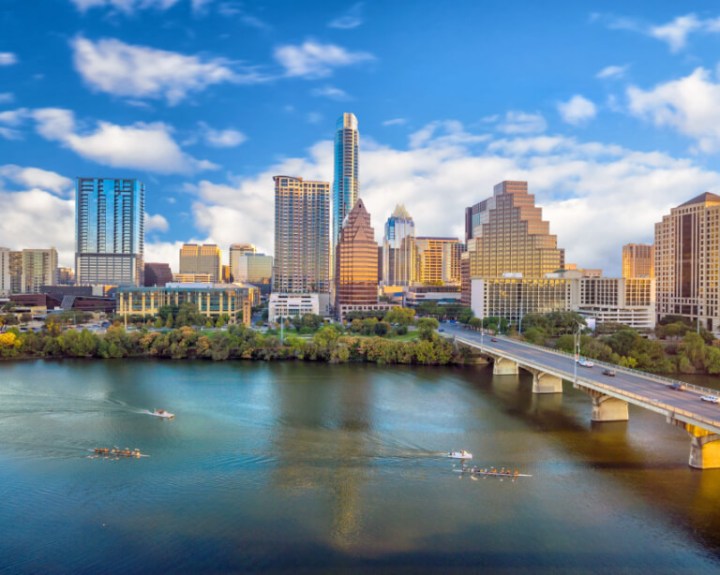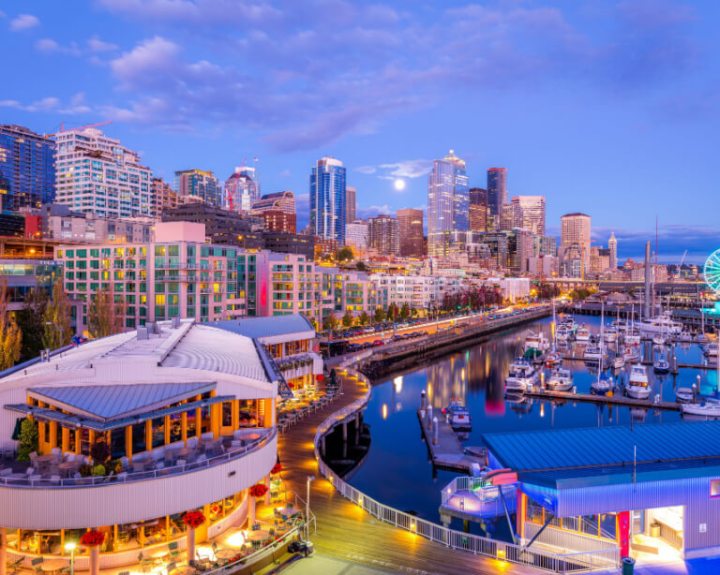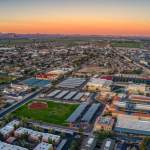U.S. Metros That Are Magnets for Millennials
Millennials, also known as Generation Y, make up the largest share of the population globally. They also dominate America’s demographics in terms of population and workforce — which currently makes their generation the main driver of the country’s economy. Moreover, Millennials’ influence on cultural, social, and political changes is unmatched, thanks to their digital skills, high level of education and community involvement. As such, understanding the behavior and preferences of Millennials results in a realistic perspective on the future of American society.
With this in mind, CommercialCafe recently conducted a study revealing the most attractive U.S. metros for Millennials in 2022.
The latest report looked at metropolitan areas with more than 1 million residents, measuring performance across the following metrics:
- Millennial population growth between 2016 and 2020
- Proportion of Millennials in the overall population in 2020
- Regional price parity
- Median Millennial household earnings
- Unemployment rate
- Percentage of Millennials with employer-based health insurance
- Share of Millennials in the labor force with a bachelor’s degree
Here are a few highlights from the study:
1 San Jose, Calif., Metro
Receiving a score of 77.79 out of 100, the San Jose, Calif., metro ranked as the most attractive spot for Millennials. This was primarily due to the high median Millennial household income in the area — $150,806 per year, $17,000 more than the average income in the San Francisco metro area. San Jose also ranked highest in terms of education, with 61.4% of its Millennials having attained a bachelor’s degree or higher. Plus, the area also had the third-lowest unemployment rate among all analyzed metros, which makes San Jose an ideal place for Millennials nationwide.

2 Austin, Texas, Metro
Austin, Texas, claimed the largest share of Millennials among the metros on our list. What’s more, it also experienced the third-largest increase in Millennial population between 2016 and 2020: Within this timeframe, nearly 43,000 Millennials relocated to the Austin metro area. The MSA’s relative affordability and domestic migration were potential reasons behind this rapid growth. Meanwhile, the region also had one of the lowest unemployment rates at 2.7%, outranking San Francisco, Boston, Seattle and Denver for this indicator.

3 Seattle Metro
Seattle received a score of 69.70 out of 100, with a large increase in the metro’s Millennial population between 2016 and 2020 providing the majority of its points. Here, Millennials made up 17% of the metro’s residents — the second-highest score in the ranking. With a median Millennial household income of $100,953, the Seattle metro ranked fourth for this metric, topping Austin and Denver. Additionally, its significant share of health insurance coverage among Millennials (72.5%) provided it considerable points, as well. However, those considering moving here should be aware of the high cost of living: The area had the third-worst regional price parity in the ranking.

Check out CommercialCafe’s original study to read the full list of the best metro areas for Millennials, as well as the complete methodology.
Contriburing writer: Felicia Domentii










